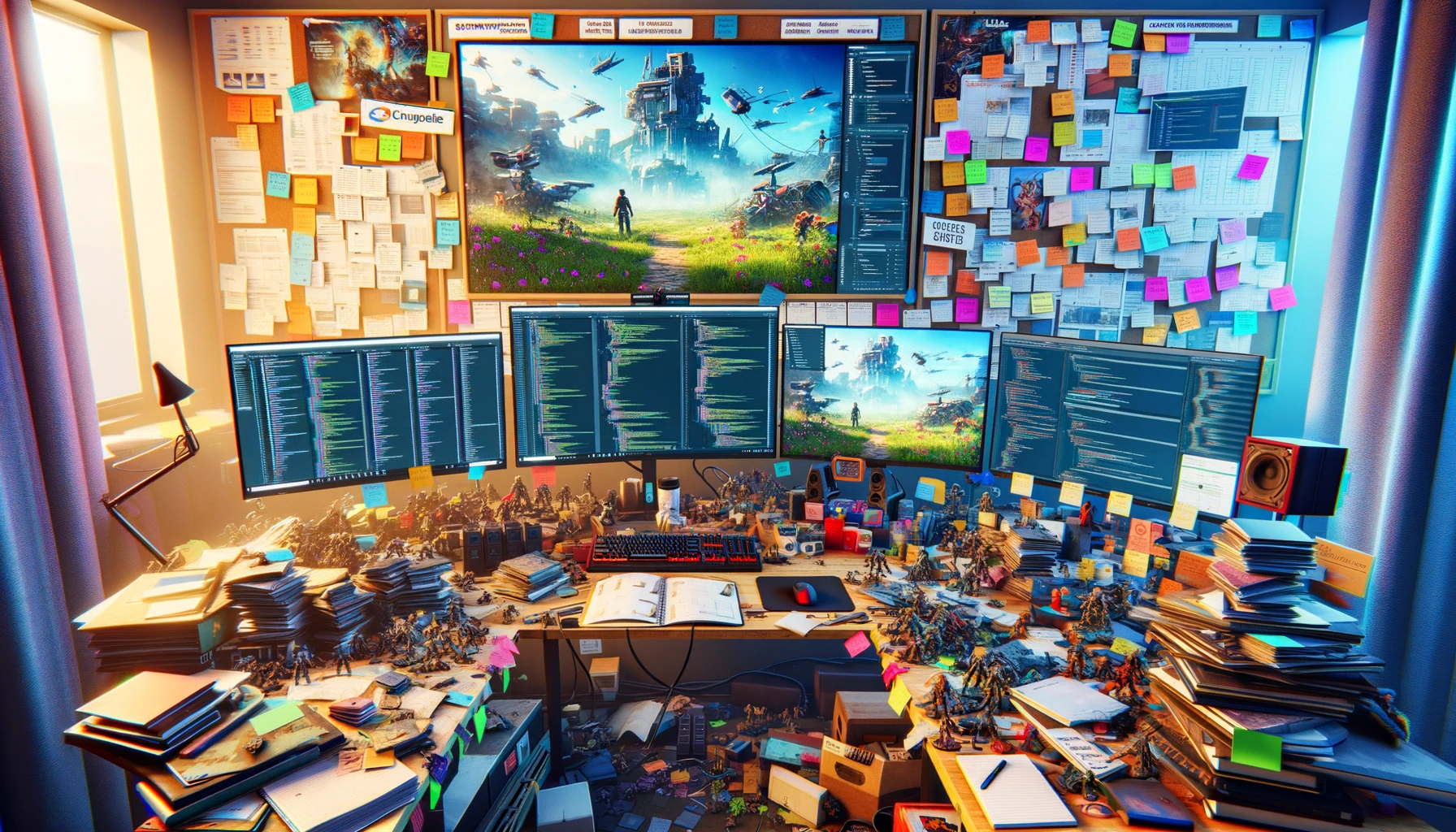For “Chronosynclastic Infundibulum”, the concept of time manipulation combined with detective work fits well with several genres. Here are a few that would be particularly effective:
- Adventure: This genre can encompass the exploration and puzzle-solving elements that are key in a detective game. Players can engage with the environment, interact with NPCs, and solve time-based puzzles integral to the storyline.
- Mystery: Naturally aligning with the detective theme, a mystery genre would focus on unraveling plots and secrets. The time manipulation aspect adds a unique twist, allowing players to experience and alter events to solve cases.
- Puzzle: Implementing puzzles that directly involve time manipulation (like changing scenarios or outcomes based on player actions at different times) can make for a mentally stimulating game. This would appeal to players who enjoy strategic thinking and problem-solving.
- Role-Playing Game (RPG): Incorporating RPG elements could allow players to develop their detective character, make impactful choices, and interact deeply with the story and other characters. Time manipulation could be used as a mechanic to influence character development and story arcs.
- Visual Novel: This genre would focus heavily on storytelling and character interaction, with time manipulation influencing the narrative and choices available to the player. It’s a good fit if the game is story-driven with less emphasis on action.
Based on your game’s emphasis on narrative and innovative gameplay through time manipulation, a combination of Adventure and Mystery with elements of Puzzle solving might be the most fitting choice. This mix would provide a rich, immersive experience that leverages the unique aspects of the game concept.
